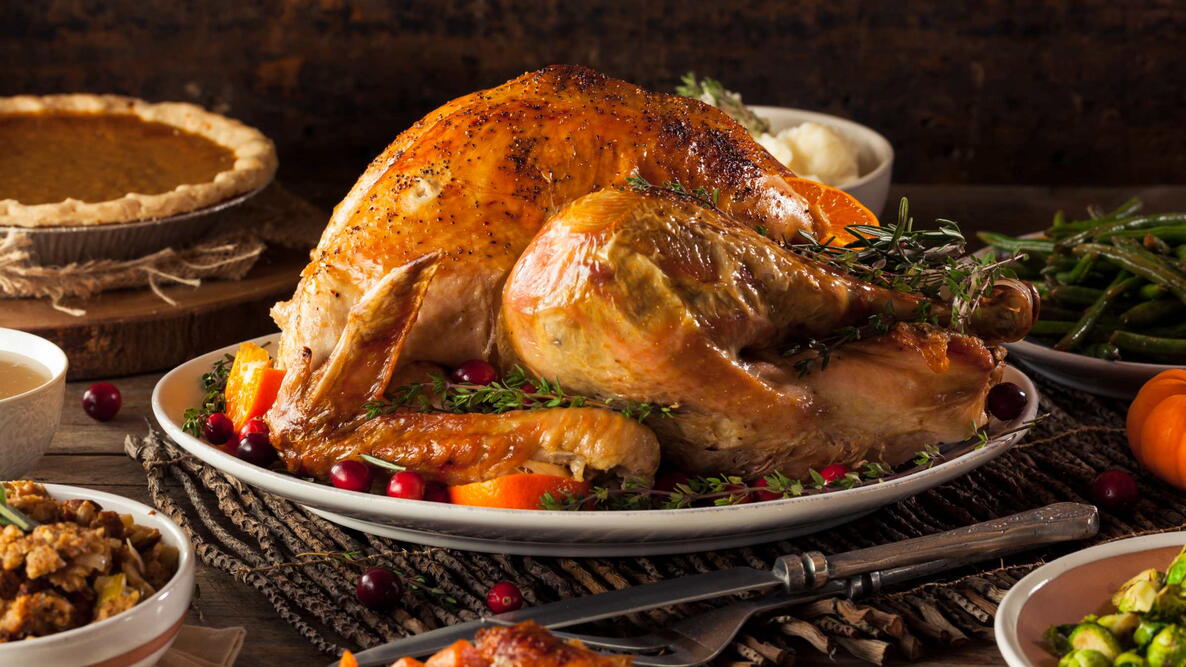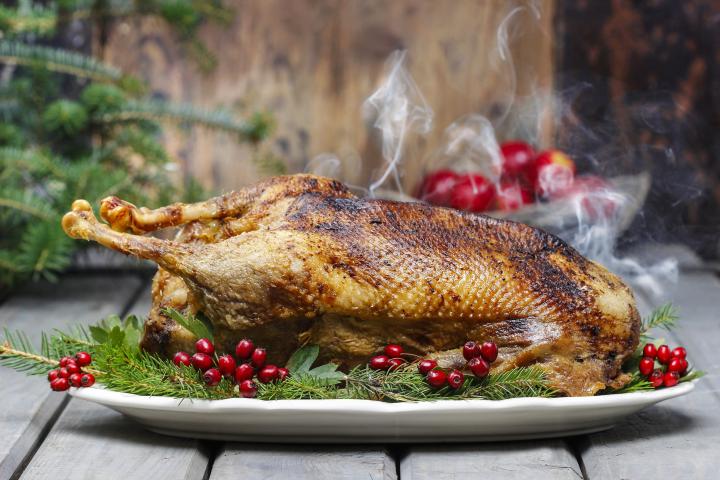
How the First Thanksgiving Foods Differed From Today
ADVERTISEMENT
1st Thanksgiving: Dec. 4, 1619 At Berkley's 100 on the banks of the James River in what is now Charles City Co. VA. The property became Berkley pantation, home of the Royal Governor and is currently open to the public. The bugle piece Taps was also penned on that same property during the Civil War.
Wow, Almanac! Thanksgiving turkey history? Who knew? Makes me even hungrier! If you are interested in knowing more about this topic, I suggest you check this page. Thanks! https://menuwars.com/food-blog/why-do-we-eat-turkey-for-thanksgiving/
I (a carnivore) am sitting here on my porch, watching my horses (herbivores) eat their breakfast. As I wait, I read all of your interesting, informative and quite entertaining comments! I eat meat. There, I said it. It's out in the open. I however do not care for the way animals are commercially slaughtered, and I do not hunt or fish. I eat meat as long as someone else kills it. That makes me a Meat-Hypocrite (I love that term!) I need meat in my diet.
A great yogi, Paramahansa Yogananda, once said that the way to tell if a mammal is a carnivore, omnivore (meat and plants) or herbivore is by the length of its digestive tract. The longest digestive tracts are found in herbivores because they need the extra length to provide the extra time needed to digest the fiber in plant materials. Carnivores have shorter digestive tracks because less time is required to digest meat proteins. Dentition also plays a factor. Humans have teeth designed to tear meat as well as to grind plant fiber. That makes us omnivores.
God gave us free choice to decide to eat as we wish because he loves us and wants us to be happy!
yes we understand, but that does not mean eating meat it right. also god gave us the DECISION so that does not mean people have to eat meat. also, how do you know god is a real thing. have you seen him??
Hi Anna, yes, people can choose their diet. However, as a species, Homo sapiens sapiens ( sorry I couldn't italicize the name here), humans are classified as omnivores. In short,our bodies are built for consuming both meat and plants. I have many people close to me who are vegetarian or vegan. I respect their diet choice, and they don't criticize.
As far as I know potatoes were brought to Europe from America, so probably the pilgrims didn’t discovered them yet?
I believe you mean 1621 not 1961, when referring to the meal served. :)
Thanks for catching that!
I am vegan and blood donor.. my blood is very good us the Red Cross says… we don’t need to eat animals… I respect they life’s.. the people on the world will be healthier… when no animals on the table.. let’s think about that.. help the planet
OK, but I eat a lot of meat and animal products and my blood work has always been perfect. So your argument is invalid?
Plants are life, too. Why is it fine to eat them?
I agree that we should perhaps eat a bit less meat, and I definitely agree that animals should be treated as humanely as possible, which means getting meat from local small farms and not from factory farms. But humans do need meat to thrive. Vegetarians seem to do fine as they still consume some animal products, but I don't see how veganism can work on a lifetime scale. There are certain nutrients we can ONLY get from animal products.










